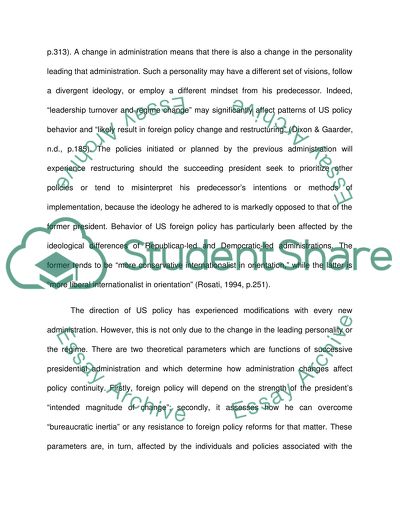Cite this document
(“The Asia-Pacific Region Essay Example | Topics and Well Written Essays - 1750 words”, n.d.)
Retrieved de https://studentshare.org/politics/1563028-the-asia-pacific-region
Retrieved de https://studentshare.org/politics/1563028-the-asia-pacific-region
(The Asia-Pacific Region Essay Example | Topics and Well Written Essays - 1750 Words)
https://studentshare.org/politics/1563028-the-asia-pacific-region.
https://studentshare.org/politics/1563028-the-asia-pacific-region.
“The Asia-Pacific Region Essay Example | Topics and Well Written Essays - 1750 Words”, n.d. https://studentshare.org/politics/1563028-the-asia-pacific-region.


